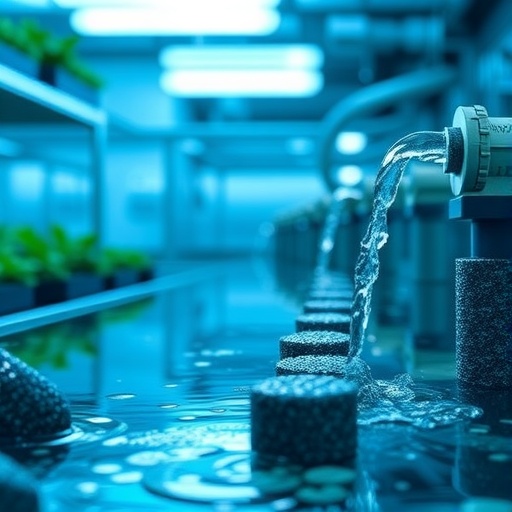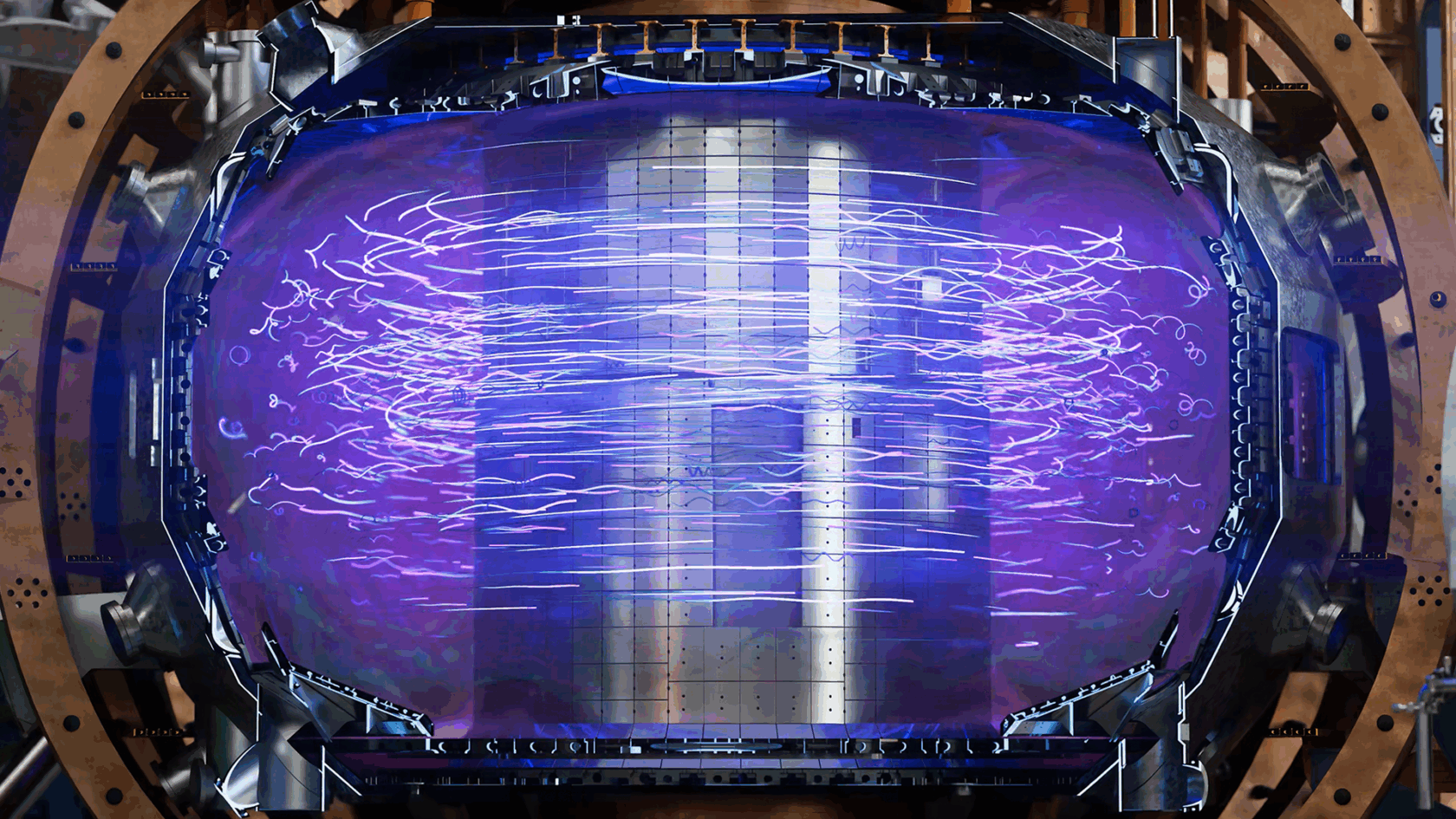Gov. Polis outlines plans to accelerate clean energy projects before federal tax credits disappear – Colorado Public Radio

Colorado’s Strategic Acceleration of Clean Energy Initiatives
A Report on State-Level Actions to Advance Sustainable Development Goals
The State of Colorado has announced a strategic plan to expedite the development and deployment of clean energy projects. This initiative is a direct response to impending federal policy changes that shorten the availability of critical tax incentives for renewable energy. The plan emphasizes multi-stakeholder collaboration to secure Colorado’s position as a leader in the green economy, directly aligning with several United Nations Sustainable Development Goals (SDGs).
Advancing Key Sustainable Development Goals (SDGs)
SDG 7 (Affordable and Clean Energy) & SDG 13 (Climate Action)
The core of the state’s strategy is to accelerate the transition to renewable energy sources, a fundamental objective of both SDG 7 and SDG 13. The administration is taking decisive action to ensure the continued growth of clean energy infrastructure.
- A gubernatorial directive has been issued to state agencies to fast-track clean energy projects.
- The plan addresses the shortened timeline for federal solar and wind tax credits stipulated by the “One Big Beautiful Bill Act,” which requires projects to commence construction within one year or be operational by the end of 2027.
- The Colorado Public Utilities Commission (PUC) is directed to streamline the approval process for large-scale renewable energy projects, enabling utilities to meet federal deadlines.
- Major utility providers, such as Xcel Energy, are already proposing significant shifts from fossil fuels, with plans to replace a closing coal plant with 14 gigawatts of natural gas and renewable energy capacity.
SDG 11 (Sustainable Cities and Communities) & SDG 12 (Responsible Consumption and Production)
A significant component of the initiative focuses on empowering residents and promoting sustainable consumption, which is central to SDG 11 and SDG 12. The state aims to make energy efficiency and renewable technology more accessible to homeowners and renters.
- A new online tool has been launched to help residents identify and access federal, state, and local energy bill assistance programs and rebates for green home improvements.
- The state is raising awareness about the year-end expiration of key residential incentives, including a 30% federal tax credit for rooftop solar, home batteries, and geothermal systems.
- The administration is reinforcing its commitment to existing policies, such as community solar programs, which allow residents to benefit from renewable energy without direct installation on their properties.
SDG 8 (Decent Work and Economic Growth) & SDG 17 (Partnerships for the Goals)
The initiative underscores the importance of economic competitiveness and collaboration, reflecting the principles of SDG 8 and SDG 17. The plan is structured around a multi-stakeholder partnership to attract investment and foster growth in the clean energy sector.
- State Government: The Governor’s office is providing high-level direction and policy support to create a favorable business environment for clean energy investments.
- Regulatory Bodies: The PUC is tasked with creating an efficient regulatory pathway for new projects.
- Utility Providers: Major utilities are key partners in implementing large-scale infrastructure transitions.
- Industry Associations: The Colorado Solar and Storage Association has endorsed the plan, emphasizing the need for rapid execution.
- Environmental Advocates: Groups like Conservation Colorado have praised the initiative as a clear signal that the state is “open for business” for clean energy development.
Challenges and Future Outlook
While the plan is positioned to significantly advance Colorado’s climate and energy goals, it faces certain challenges and points toward future strategic actions. These elements will be critical in achieving SDG 9 (Industry, Innovation, and Infrastructure).
- Economic Viability: Concerns have been raised by consumer watchdog groups regarding the potential cost of large-scale utility proposals and their impact on ratepayers.
- Time Constraints: The hard deadline of 2027 for federal incentives creates significant pressure on utilities and developers to execute projects swiftly.
- Future Resource Acquisition: The state has indicated the possibility of soliciting additional power projects specifically tailored to qualify for the remaining federal tax credits, suggesting a proactive approach to building resilient and innovative energy infrastructure.
SDGs Addressed in the Article
SDG 7: Affordable and Clean Energy
- The article’s central theme is the acceleration of clean energy projects, such as solar and wind, in Colorado. It discusses government plans to help utilities and residents access affordable, clean energy and take advantage of federal tax incentives for these technologies.
SDG 13: Climate Action
- The push to expedite clean energy development and move away from fossil fuels like coal is a direct action to combat climate change. The article explicitly mentions that the governor’s letter calls on his administration to “double down on existing climate policies.”
SDG 9: Industry, Innovation, and Infrastructure
- The article details plans for major infrastructure projects, including Xcel Energy’s proposal to replace a closing coal plant with 14 gigawatts of new natural gas and renewable energy projects. This represents a significant upgrade of energy infrastructure towards more sustainable technology.
SDG 11: Sustainable Cities and Communities
- The focus on “green home improvement projects,” “rooftop solar panels,” and “community solar development” directly relates to making cities and residential areas more sustainable by integrating renewable energy and energy efficiency at the local and household level.
SDG 17: Partnerships for the Goals
- The initiative described involves collaboration between multiple stakeholders: the state government (Gov. Polis, Public Utilities Commission), the federal government (tax incentives), private utilities (Xcel Energy), industry associations (Colorado Solar and Storage Association), and civil society organizations (Conservation Colorado, consumer watchdog groups).
SDG 12: Responsible Consumption and Production
- The promotion of energy-efficient appliances, insulation, and home energy upgrades encourages more responsible energy consumption patterns among residents, aiming to reduce overall energy demand and waste.
Specific SDG Targets Identified
SDG 7: Affordable and Clean Energy
- Target 7.1: Ensure universal access to affordable, reliable and modern energy services. The article highlights this through the announcement of a “new online tool to help residents find existing energy bill assistance programs” and the overall goal of deploying “affordable energy resources” to help consumers “save money.”
- Target 7.2: Increase substantially the share of renewable energy in the global energy mix. This is addressed by the plan to “expedite clean energy projects,” encourage “community solar development,” and replace a coal plant with “renewable energy projects.”
- Target 7.3: Double the global rate of improvement in energy efficiency. The article points to this target by mentioning incentives for “energy efficient appliances and insulation” and “green home improvement projects.”
- Target 7.a: Enhance international cooperation to facilitate access to clean energy research and technology… and promote investment in energy infrastructure and clean energy technology. The article demonstrates this principle at a domestic level, with the state government working to help developers and utilities “claim federal solar and wind tax credits” to promote investment.
SDG 13: Climate Action
- Target 13.2: Integrate climate change measures into national policies, strategies and planning. The governor’s announcement and his letter to state agencies outlining “strategies to accelerate clean energy development” and reinforcing “existing climate policies” are direct examples of integrating climate measures into state-level policy and planning.
SDG 9: Industry, Innovation, and Infrastructure
- Target 9.4: Upgrade infrastructure and retrofit industries to make them sustainable… with greater adoption of clean and environmentally sound technologies. This is exemplified by Xcel Energy’s plan to replace a “closing coal plant” with new renewable energy infrastructure.
Indicators for Measuring Progress
Indicators for SDG 7 Targets
- For Target 7.2 (Increase renewable energy share): A direct indicator mentioned is the planned capacity of new renewable projects. The article specifies “14 gigawatts of new natural gas and renewable energy projects,” which is a quantifiable measure of progress.
- For Target 7.1 (Affordable energy access): An implied indicator is the uptake and value of financial incentives. The article mentions a “30 percent tax credit for rooftop solar panels.” Tracking the number of households claiming this credit and the total dollar amount would measure progress. The usage rate of the “new online tool” for energy assistance is another potential indicator.
Indicators for SDG 9 & 13 Targets
- For Target 9.4 (Sustainable infrastructure) & 13.2 (Climate policy integration): A key indicator is the number of fossil fuel facilities decommissioned and replaced by clean energy sources. The article provides a specific example: the replacement of one “closing coal plant.” Progress can be measured by tracking the successful approval and construction of the replacement renewable projects. The issuance of the governor’s letter and the subsequent actions by the Public Utilities Commission to “quickly greenlight applications” serve as qualitative indicators of policy implementation.
SDGs, Targets, and Indicators Analysis
| SDGs | Targets | Indicators Mentioned or Implied in the Article |
|---|---|---|
| SDG 7: Affordable and Clean Energy | 7.2 Increase substantially the share of renewable energy in the global energy mix. | The planned capacity of new renewable energy installations (e.g., “14 gigawatts of new… renewable energy projects”). |
| SDG 7: Affordable and Clean Energy | 7.1 Ensure universal access to affordable, reliable and modern energy services. | Number of residents using the new online tool for energy bill assistance; total value of rebates claimed (e.g., the “30 percent tax credit”). |
| SDG 7: Affordable and Clean Energy | 7.3 Double the global rate of improvement in energy efficiency. | Uptake of incentives for “energy efficient appliances and insulation” and “green home improvement projects.” |
| SDG 13: Climate Action | 13.2 Integrate climate change measures into national policies, strategies and planning. | Existence and implementation of state-level strategies, such as the governor’s letter outlining actions to “double down on existing climate policies.” |
| SDG 9: Industry, Innovation, and Infrastructure | 9.4 Upgrade infrastructure and retrofit industries to make them sustainable. | Number of fossil fuel plants replaced by clean energy infrastructure (e.g., replacement of the “closing coal plant”). |
| SDG 17: Partnerships for the Goals | 17.17 Encourage and promote effective public, public-private and civil society partnerships. | The number and effectiveness of collaborative actions between government (state, PUC), utilities (Xcel), and civil society (advocacy groups). |
Source: cpr.org

What is Your Reaction?
 Like
0
Like
0
 Dislike
0
Dislike
0
 Love
0
Love
0
 Funny
0
Funny
0
 Angry
0
Angry
0
 Sad
0
Sad
0
 Wow
0
Wow
0













































































